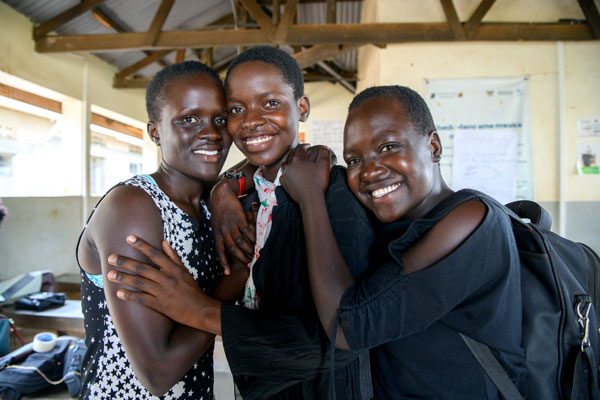
Lira, Uganda | THE INDEPENDENT | The Lango sub-region has witnessed a significant increase in Viral Load Suppression (VLS) over the past five years. The suppression rate has risen to 94 percent between 2018 and 2022, in contrast to the previous ten years when the sub-region struggled to surpass a viral load suppression rate of 85 percent.
Statistics reveal that out of an estimated 99,093 individuals between 2018 and 2022, 91,146 people are aware of their HIV status. Among them, 90,130 are on HIV treatment, and of those tested, 76,822 individuals, representing 94 percent, have achieved viral suppression. It’s essential to note that a suppressed viral load does not imply a cure for HIV, but rather that the amount of HIV in the body is very low and undetectable.
Pamela Donggo, the Senior Technical Advisor (HIV) at JSI Projects in Africa, argues that achieving viral load suppression is a critical step in combating the HIV pandemic in the country. Donggo attributes the significant increase in the VLS rate to the implementation of Youth and Adolescence Programs (YAPs), which have encouraged HIV-positive adolescent youths to seek and adhere to medication.
To sustain this progress, Donggo emphasizes the need to ensure the availability and easy accessibility of HIV medication at all times. She also calls for the implementation of various Ministry of Health interventions and guidelines in the region.
Hillary Okello, the Lira City HIV Focal Point Person points out that a significant challenge in achieving viral load suppression is the poor health-seeking behavior among HIV-positive individuals who may stop taking medication when they feel better.
Zainab Taleba, an advocate for Adolescent Girls and Young Children, has successfully adhered to her medication and achieved viral load suppression after a prolonged struggle with stigma. As a peer supporter, she is actively involved in YAPs, helping other youths adhere to treatment.
However, it’s worth noting that viral load suppression rates are lower among HIV-positive children, with rates of 83 percent among those aged zero to nine and 85 percent among those aged ten to nineteen. Dr. Bernard Otucu, the Lira City Principal Health Officer, expresses concern about the lower adherence rates among children compared to adults.
According to the Population-Based HIV Impact Assessment (UPHIA) 2020-2021, the prevalence of VLS among adults aged 15 years and older living with HIV in Uganda is 75.4 percent, with rates of 78.3 percent among women and 69.8 percent among men.
****
URN
 The Independent Uganda: You get the Truth we Pay the Price
The Independent Uganda: You get the Truth we Pay the Price



